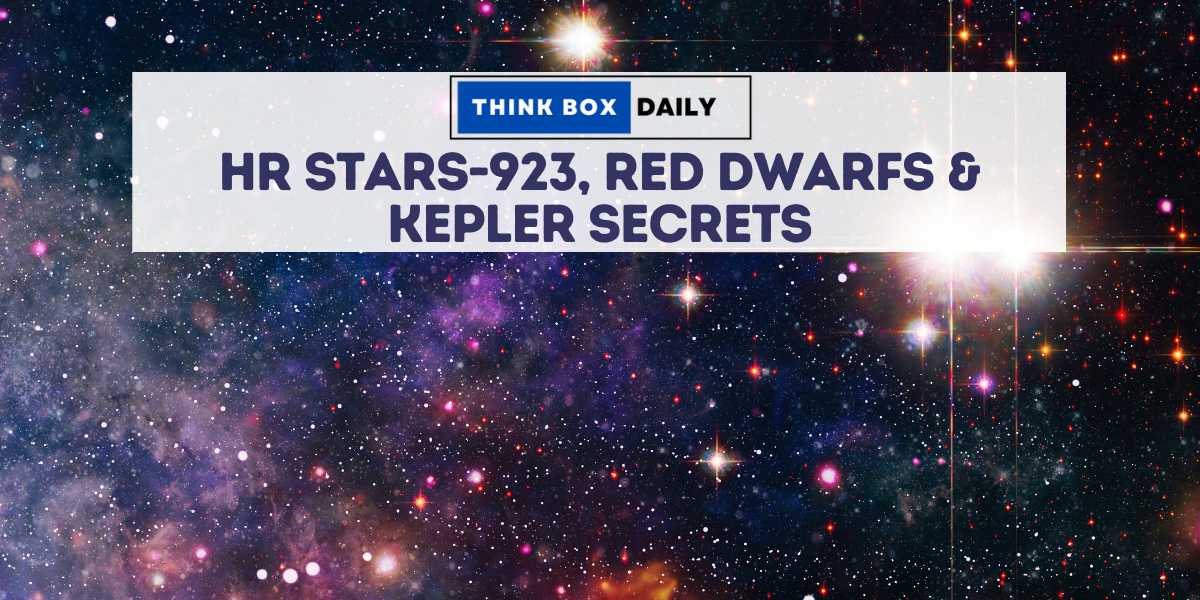Imagine gazing up at a star-studded night sky. Each of those twinkling points of light is a colossal furnace, a star, holding secrets about the universe’s origin and evolution. But with billions of stars scattered across the vast cosmic canvas, how do astronomers keep track of them all? Enter the fascinating world of stellar nomenclature, a system of naming stars that allows us to navigate this celestial library.
Throughout history, astronomers have devised various methods to identify stars. One of the earliest and most recognizable systems is the Bayer designation, developed by Johann Bayer in 1603. This system assigns Greek letters (alpha, beta, gamma, etc.) to the brightest stars within each constellation, with alpha typically designating the most luminous one.
As technology advanced and telescopes allowed us to peer deeper into the cosmos, the need for a more comprehensive naming scheme arose. This led to the creation of the Henry Draper Catalogue (HD Catalogue) in the early 20th century. This massive catalog, compiled by Annie Jump Cannon and her team at Harvard College Observatory, assigned unique numerical designations (prefixed with “HD”) to hundreds of thousands of stars.
However, the HD Catalogue lacked information about a star’s spectral type, a crucial piece of the puzzle for understanding its physical properties. This is where the concept of HR designations comes in. The Harvard Revised Photometric Catalogue (HR Catalogue), published in 1908, combined the HD designations with spectral types, providing a more comprehensive picture of each star. HR designations are formed by the prefix “HR” followed by a number corresponding to the star’s entry in the HR Catalogue.
Here’s where things can get a little tricky. With numerous naming systems in play, it’s important to be aware of potential confusion, especially when searching for information online. For instance, terms like “HR Stars-923,” “LP Stars-923-15,” and “Kepler-Stars-923” might sound similar, but they refer to entirely different celestial objects.
Understanding these distinctions is crucial for accurate research. This very article will delve into the specific case of HR Stars-923, a fascinating giant star, while also addressing LP Stars-923-15 and Kepler Stars-923 to avoid confusion and showcase the remarkable diversity of stellar objects within our universe. So, buckle up and get ready to embark on a journey to explore the secrets encoded within these celestial names!
Table of Contents
Unveiling HR Stars-923: A Glowing Giant
A. Location and Visibility: A Celestial Treasure in the Perseus Constellation
HR-Stars-923 resides within the majestic constellation of Perseus, the mythical hero who famously beheaded Medusa. Perseus is readily identifiable in the northern hemisphere during the fall and winter months, boasting several notable deep-sky objects like the Double Cluster (NGC 869 and NGC 884) and the active galaxy NGC 1275.
However, spotting HR 923 with the naked eye proves to be a challenging feat. Unlike its brighter celestial neighbors, HR Stars-923 is a rather faint star, with an estimated apparent magnitude (brightness as perceived from Earth) exceeding 10. This means it falls below the threshold of visibility for unaided human vision under light-polluted skies. But fear not, astronomy enthusiasts! With the aid of a good telescope (preferably one with an aperture of at least 8 inches) and a dark observing location, you can potentially catch a glimpse of this celestial giant.
B. Stellar Classification: Unveiling the Nature of the Beast
Based on available data, astronomers classify HR Stars-923 as a hypergiant. But what exactly makes a star a hypergiant? Buckle up, because we’re about to delve into the realm of truly colossal stellar beasts. Hypergiants are the undisputed heavyweight champions of the stellar world. These behemoths boast masses that can be anywhere from 10 to 100 times the mass of our Sun, and their radii can be thousands of times larger. Imagine a star so big that it could swallow our entire solar system within its fiery embrace!
This immense size translates into incredible luminosity. Hypergiants shine with a brilliance that can exceed hundreds of thousands, or even millions, of times the luminosity of our Sun. Their brilliance paints them across the cosmic canvas, making them potential beacons for astronomers searching for distant galaxies.
However, these celestial giants are a rare breed. Their incredible size and luminosity come at a cost – an incredibly short lifespan compared to smaller stars like our Sun. Hypergiants burn through their nuclear fuel at a phenomenal rate, leading to lifespans measured in mere millions of years (compared to billions for Sun-like stars). This fleeting existence makes them challenging to study, as they often reside in distant regions of the universe where star formation is ongoing.
Adding to the intrigue, the final chapter for a hypergiant can be truly spectacular – a colossal explosion known as a supernova. When a hypergiant reaches the end of its fuel supply, its core can collapse in on itself, triggering a thermonuclear explosion that can briefly outshine an entire galaxy! These supernovae not only mark the dramatic end of a stellar giant but also play a crucial role in enriching the interstellar medium with the heavy elements necessary for the formation of new stars and planetary systems.
So, while HR 923 might be a bit shy when it comes to naked-eye visibility, its classification as a hypergiant places it among the most fascinating and powerful objects in the universe. In the next section, we’ll explore other celestial objects with similar-sounding names, LP Stars-923-15 and Kepler Stars-923, to further highlight the remarkable diversity of stars that populate our cosmos.
Beyond HR Stars-923: Exploring Similar Star Names
Our journey through the cosmos doesn’t end with HR Stars-923. While searching for information online, you might have come across terms like “LP 923-15” and “Kepler-923.” While their names share a numerical similarity with HR Stars-923, they represent entirely different celestial objects, showcasing the incredible diversity within our universe.
A. LP Stars-923-15: A Dim Red Dwarf – A Star of a Different Breed
Unlike the colossal hypergiant HR 923, LP 923-15 belongs to a completely different stellar category – the red dwarfs. These diminutive stars are the workhorses of the stellar population, making up a whopping 70% of the Milky Way galaxy. Red dwarfs are nature’s lightweights, boasting masses that are typically less than half that of our Sun, and radii that can be just a fraction of the Sun’s size. This translates to a significantly lower luminosity – red dwarfs are much fainter than our Sun, making them invisible to the naked eye from Earth.
Whereas HR Stars-923 burns through its fuel at an alarming rate, red dwarfs are the epitome of stellar efficiency. Their cooler core temperatures and slower nuclear fusion processes grant them incredibly long lifespans, potentially lasting for trillions of years – many times longer than the current age of the universe! This longevity makes red dwarfs prime candidates in the search for exoplanets, planets that orbit stars other than our Sun. The stable habitable zones (regions around a star where liquid water could exist) of red dwarfs can be quite close to the star itself, making them prime targets for telescopes like Kepler, which we’ll discuss in a moment.
B. Kepler-923: A Distant Star – Unveiling Secrets Through Space Missions
The name “Kepler-923” takes us even further afield. Unlike HR Stars-923 and LP 923-15, which reside within our Milky Way galaxy, Kepler-Stars-923 belongs to a distant galaxy altogether. Due to its immense distance (thousands of light-years away), current technology makes it difficult to gather detailed information about Kepler-923 itself.
However, the name “Kepler” holds a special significance in the realm of exoplanet discovery. The Kepler space telescope, launched by NASA in 2009, revolutionized our understanding of planetary systems beyond our own. Kepler employed the transit method to detect exoplanets, looking for the minute dip in a star’s brightness that occurs when a planet passes in front of it from our perspective. Thanks to Kepler’s incredible sensitivity and dedicated observations, thousands of exoplanet candidates have been identified, giving us a glimpse into the vast diversity of planetary systems that exist throughout the universe.
While specific details about Kepler-Stars-923 remain elusive, the Kepler mission itself serves as a testament to the ongoing quest to unravel the mysteries of stars and the potential for planetary companions.
By exploring HR 923, LP 923-15, and Kepler-923, we’ve embarked on a brief journey through the diverse stellar population that populates our universe. From the colossal hypergiants to the long-lived red dwarfs and the distant stars that harbor potential planetary systems, each celestial object offers a unique story waiting to be unraveled. As our technology continues to advance, we can expect to unlock even more secrets about these fascinating stellar inhabitants of the cosmos.
Conclusion: A Universe Rich with Stars – A Celestial Tapestry Awaits
Our exploration of HR 923, LP 923-15, and Kepler-923 has unveiled a captivating glimpse into the remarkable diversity of stars that populate our universe. We’ve encountered the colossal hypergiant HR Stars-923, a testament to the raw power and brief lifespans of these stellar giants. We’ve also delved into the realm of red dwarfs like LP 923-15, the long-lived workhorses of the galaxy, potentially harboring hidden worlds within their stable habitable zones. Finally, Kepler-923, a distant star, serves as a reminder of the vastness of the cosmos and the ongoing missions like Kepler that push the boundaries of exoplanet discovery.
These contrasting celestial objects showcase the incredible range of stellar properties and lifespans that exist within our universe. Astronomers continue to unravel the mysteries of stars through cutting-edge telescopes and space missions, constantly refining our understanding of stellar evolution and the potential for planetary companions.
For those eager to delve deeper into the wonders of the night sky, numerous resources are available. Websites like NASA’s Space Place (https://spaceplace.nasa.gov/) offer engaging content for all ages. Online star charts and planetarium apps like Stellarium (https://stellarium-web.org/) can help you navigate the constellations and locate celestial objects, including HR Stars-923 (if you have a telescope!).
So, the next time you gaze up at a star-studded sky, remember the stories etched within each point of light. From the fiery giants to the long-lived dwarfs, each star holds a unique chapter in the grand narrative of our universe. Keep exploring, keep questioning, and continue your journey of astronomical discovery!

